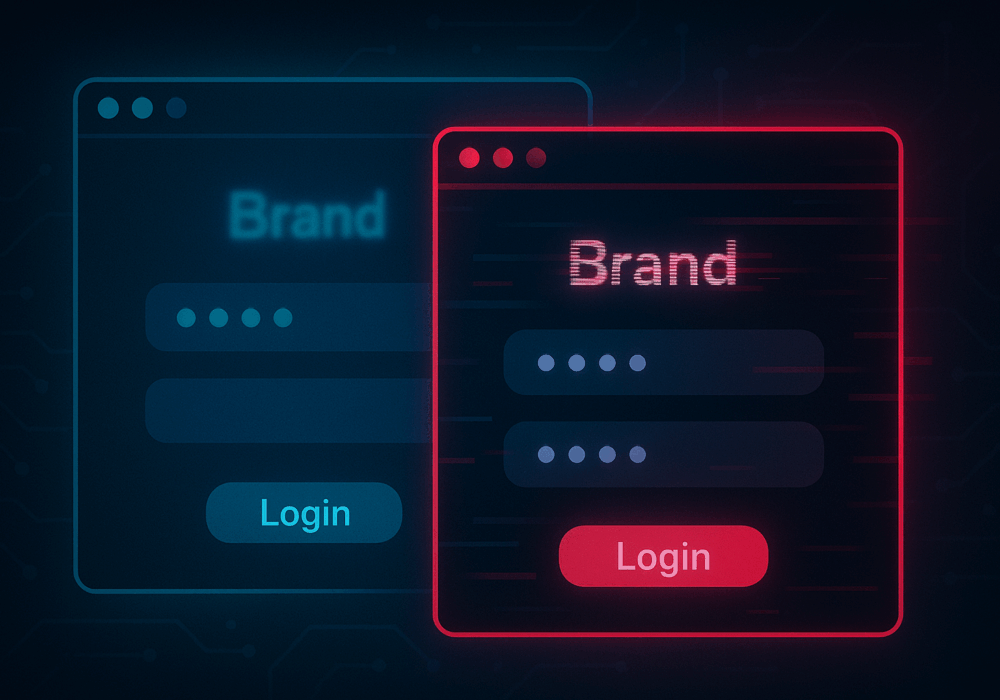Data Classification is about categorizing data into buckets to make it easier to retrieve, restrict access to, and protect. Data classification is important for businesses protect data according to its criticality or sensitivity. For example, companies need to protect HIPAA data differently that marketing campaigns. Consequently, they should be placed into separate protective containers (folder, network segments, or applications) rather than co-mingled with company’s main file server user directories. By labeling and protecting information according to its categorizations, it helps employees access materials faster and helps ensure only authorized users may access protected data. These categories should be used in concert with principle of Least Privilege to further protect your data.
Source: Varonis, TechTarget, Netwrix
Additional Reading: Google Releases SimCLR AI Framework That Can Classify Images With Limited Labeled Data
Related Terms: Confidentiality, Least Privilege, Sensitive Information
SMBs should have a policy on information handling which includes data classifications that it uses to protect sensitive and critical data. This has the advantage of reducing the risk of accidental insider threats. These accidents happen when sensitive data is being mixed in with public data. For example, sensitive Personal Identifiable Information (PII), should not be in the same folders as marketing or financial materials. By following the principle of least privilege you can save yourself a big headache by reducing the likelihood that an employee accidentally shares sensitive information. There are a handful of reasons why you should classify your data, so we broke it down for you:
https://www.youtube.com/watch?v=-oubxE9WdjI
Discover and share the latest cybersecurity trends, tips and best practices – alongside new threats to watch out for.

In cybersecurity, not all attacks happen through fancy malware or zero-day exploits. Some of the most effective...
Read more
The rapid rise of generative AI has unlocked enormous promise, but it’s also accelerating the arms race in...
Read more
Newly discovered Android banking Remote Access Trojan (RAT), dubbed Klopatra, has compromised more than 3,000...
Read moreGet sharper eyes on human risks, with the positive approach that beats traditional phish testing.
